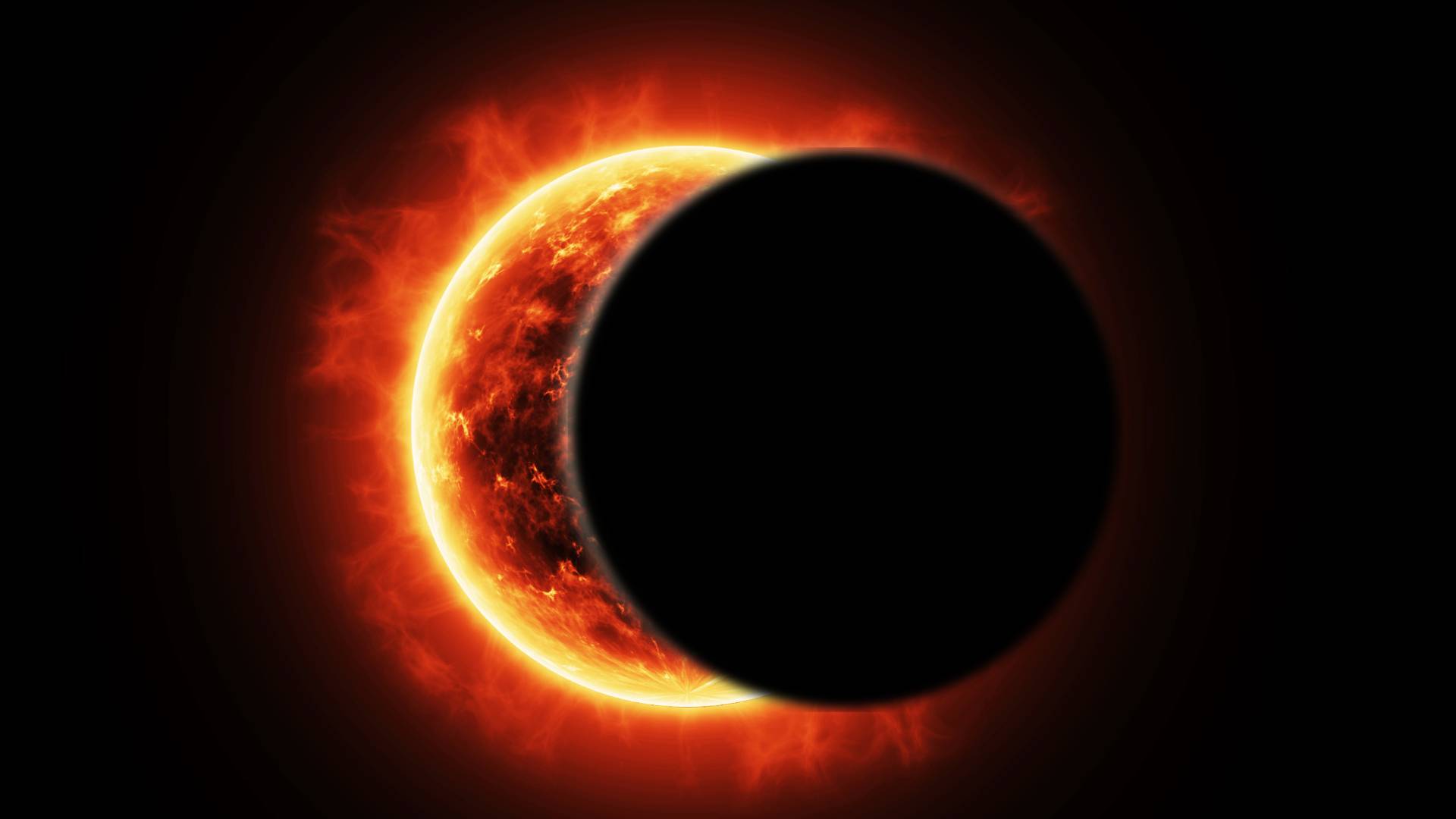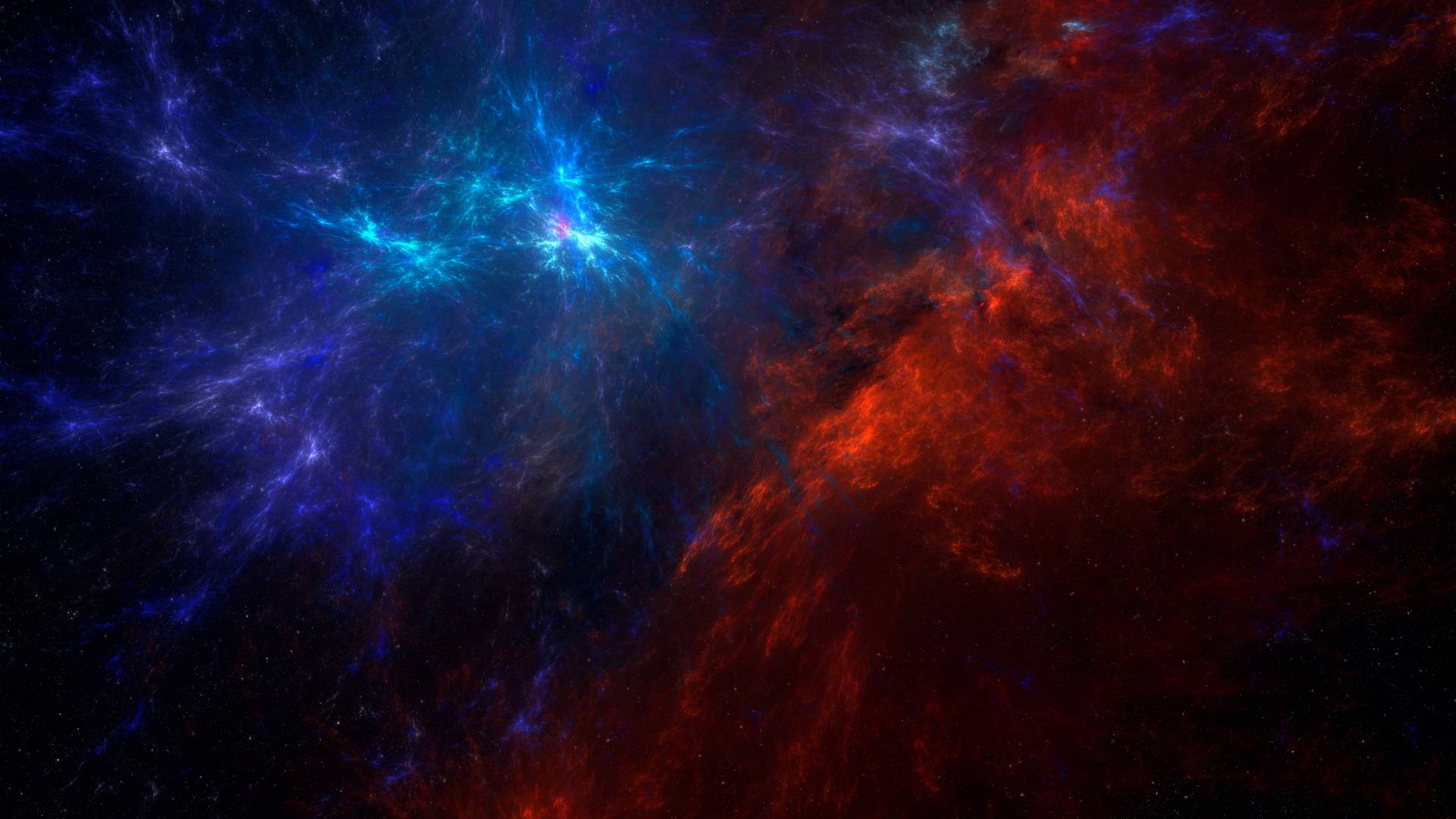Welcome to Spaceyv’s exploration of one of the most awe-inspiring cosmic events, the solar eclipse. Join us as we uncover the secrets behind this mesmerizing celestial phenomenon that has captivated cultures and civilizations across the globe for centuries.
The Celestial Ballet
At the heart of a solar eclipse lies the intricate celestial ballet of the moon, Earth, and the sun. During this rare event, the moon aligns perfectly between the Earth and the sun, casting a temporary shadow on our planet and bestowing upon fortunate onlookers a glimpse of a breathtaking cosmic spectacle.
- Alignment of Celestial Bodies: A solar eclipse occurs when the moon perfectly aligns between the Earth and the sun, casting its shadow on the Earth’s surface.
- Moment of Celestial Synergy: During this phenomenon, the moon appears to delicately embrace the sun, creating a rare and awe-inspiring display of cosmic harmony.
- Temporal Obscuration of the Sun: The moon’s position results in the temporary obscuration of the sun, leading to a momentary reduction or absence of sunlight on Earth.
- Play of Light and Shadow: As the moon traverses its path, it unveils the stunning corona of the sun, casting an ethereal glow that paints the surrounding sky with a surreal aura that called shadow bands or waves.
- Emotional Impact: Witnessing the celestial ballet of a solar eclipse often evokes a sense of wonder and amazement, underscoring the profound beauty and grandeur of the universe.

Types of Solar Eclipses
– Total Solar Eclipse: A moment of complete awe, when the sun is entirely obscured by the moon, revealing the sun’s ethereal corona and casting an almost surreal darkness over the land.
– Partial Solar Eclipse: A partial celestial embrace, where only a portion of the sun is covered by the moon, creating a mesmerizing crescent-shaped display that captures the imagination of observers.
– Annular Solar Eclipse: A cosmic ring of fire, when the moon is near its apogee, creating a mesmerizing effect where the sun appears as a radiant ring encircling the darkened silhouette of the moon.
Where to Witness this Phenomenon
– Eclipse Chasing Destinations: Venture to locations such as Chile, Argentina, or Antarctica to witness the awe-inspiring grandeur of a total solar eclipse, where the breathtaking interplay of light and darkness paints the skies with an ethereal touch.
– Partial Eclipse Viewpoints: Embrace the wonder of a partial solar eclipse from various locations across the globe, each offering a unique perspective on this celestial marvel, uniting sky-watchers in a shared moment of cosmic wonder.

The Cultural Significance
Beyond its astronomical marvel, the solar eclipse has held deep cultural and historical significance across diverse civilizations. From ancient folklore to modern scientific research, the solar eclipse continues to inspire and captivate humanity, reflecting our eternal quest for understanding the mysteries of the universe.
- Ancient Folklore and Mythology: Solar eclipses have often been the subject of ancient folklore and mythology, with various cultures attributing diverse meanings and interpretations to these celestial wonderers.
- Symbolism and Spiritual Significance: Across different civilizations, solar eclipses have symbolized spiritual transformation, renewal, or even impending doom, leading to the development of rich cultural traditions and rituals associated with these occurrences.
- Scientific Curiosity in History: Throughout history, solar eclipses have sparked scientific curiosity and inquiry, prompting early astronomers and thinkers to develop theories and explanations about the nature of these cosmic phenomena, contributing to the advancement of early astronomy.
- Artistic Expressions and Literary Works: Solar eclipses have inspired countless artistic expressions, literary works, and cultural artifacts, serving as a muse for poets, writers, painters, and storytellers to capture the mystique and drama associated with these rare celestial events.
- Modern Scientific Research and Education: In contemporary times, solar eclipses continue to ignite scientific research, educational initiatives, and public outreach programs aimed at deepening our understanding of celestial mechanics, fostering public engagement, and encouraging interest in space exploration.
Suggested Contents:
Safely Observing a Solar Eclipse
At Spaceyv, we emphasize the importance of safely observing a solar eclipse to protect your eyes and ensure an enjoyable and secure viewing experience. Using certified eclipse glasses or projection methods, such as pinhole projectors, enables you to witness this extraordinary event without risking harm to your eyesight.

Frequently Asked Questions (FAQs)
Q: How often do solar eclipses occur?
Solar eclipses occur approximately every 18 months, although they are not visible from every location on Earth during each occurrence. Visibility depends on the eclipse’s path, which varies with each event.
Q: What precautions should one take during a solar eclipse?
When viewing a solar eclipse, it is crucial to use proper eye protection, such as certified eclipse glasses, to prevent any damage to your eyesight. Additionally, refrain from directly looking at the sun without appropriate safety measures in place.
Experience the Cosmic Marvel with Spaceyv
As you prepare to witness the celestial dance of a solar eclipse, let Spaceyv be your guide to the wonders of the universe. Immerse yourself in the breathtaking beauty of this rare event, and allow the cosmic spectacle to ignite your imagination and deepen your appreciation for the mysteries that unfold in the vastness of space.
Sources:
- NASA – Solar Eclipse
- Time and Date – Solar Eclipse
- https://www.ancient.eu/article/1264/solar-eclipses-in-ancient-mythology-and-folklore/
- https://www.bl.uk/sacred-texts/articles/the-solar-eclipse-and-its-spiritual-significance
- https://www.aip.org/history-programs/niels-bohr-library/exhibits/eclipse-experiences




Danke für diesen tollen Post, wirklich großartig!
Merci pour ces informations utiles, je vais les suivre.